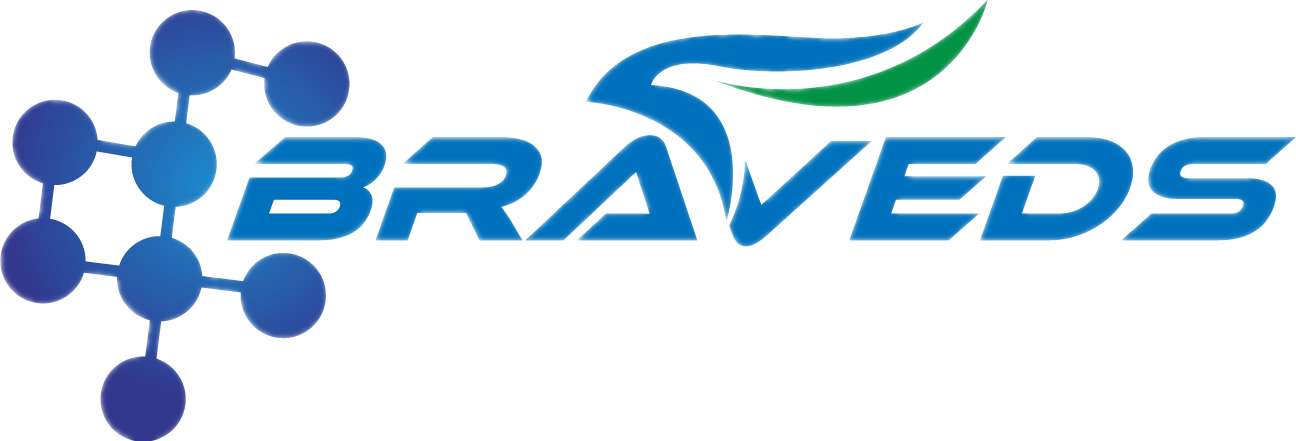S22 surfactant/Chemal LA-9
Molecular weight: 582.81
Chemal LA-9 is a non-ionic surfactant with excellent emulsifying, wetting and cleaning properties. Its high biodegradability and environmental friendliness make it an ideal choice for in vitro diagnostic reagents that balance functional and environmental requirements, especially for scenarios requiring gentle decontamination, stable colloidal particles and optimized reaction interfaces.
Action mechanism
Efficient emulsification and dispersion: adsorption to the surface of latex/colloidal gold particles by hydrophobic chains, hydrophilic chains form steric hindrance to prevent aggregation (e.g. signal stability in immunoturbidimetry).
Mild decontamination: lyses the cell membrane or dissolves hydrophobic impurities (e.g., lipoproteins), releasing the target analyte while retaining protein activity (e.g., whole blood sample pretreatment).
Broad-spectrum compatibility: Synergies with anions (such as SDS), cations (such as CTAB) and non-ionic surfactants to flexibly adapt to complex reagent systems.
Wetting and anti-adsorption: reduce the liquid-solid interfacial tension, promote the uniform spread of the reagent in the solid phase carrier (such as cellulose nitrate film, microporous plate), reduce non-specific adsorption.
Environmental friendliness: Rapid biodegradation, compliance with environmental regulations (such as OECD 301 standards), reducing the pressure of diagnostic reagent waste liquid disposal.
Application scenario
Latex enhanced immune turbidimetry: Added to latex microsphere suspension to enhance particle dispersion and improve turbidity signal stability (such as CRP, PCT detection).
Cell lysate: acts as a mild detergent to lyse red/white blood cells and release intracellular targets (e.g., nucleic acids, enzymes).
Solid phase carrier sealing liquid: combined with BSA, sealing cellulose nitrate membrane or microporous plate, reducing background interference (such as ELISA, chromatographic test strip).
Cleaning buffer: For automatic washing of the board fluid, gentle removal of unbound, retain weak binding signal.
Hydrophobic reagent solubilization: Dissolve lipid-soluble markers (such as fluorescent dyes) and improve reaction uniformity (such as fluorescent immunoassay).
General use range: 0.05%-1.0% (gradient test required, low concentration preferred).
Matters needing attention
Dissolution method: If it is difficult to dissolve at room temperature, it can be heated to 40-50 ° C and stirred until clarified to avoid local overheating leading to degradation.
Effect of protein activity: High concentrations (>0.5%) may partially denaturate sensitive proteins (such as antibodies), which need to be verified by pre-experiments.
Q&A
Accumulation of latex particles: may be insufficient concentration or incomplete dissolution; It is recommended to increase to 0.2%-0.3% to ensure that it is completely dissolved before use.
Low cracking efficiency: may be insufficient action time or system pH is not suitable; It is recommended to extend the cracking time to 30 minutes, or adjust the pH to 7-8.
Elevated detection background: may be insufficiently eluted surfactant residue; It is recommended to increase the number of washes or optimize the lotion formula (such as adding Tween 20).
Reagent turbidity: may react with cationic components; It is recommended to replace the anion/non-ionic buffer system.
Chemal is a trademark of BASF
| SKU | UNIT | PRICE (USD) | QTY |
|---|---|---|---|
| BLDS22 | 100g | 108 | |
| BLDS22 | 1kg | 800 |




